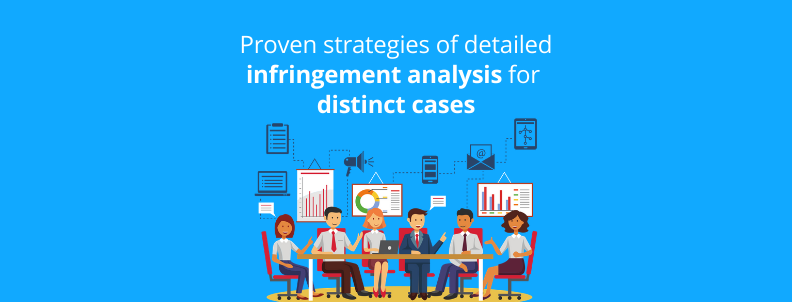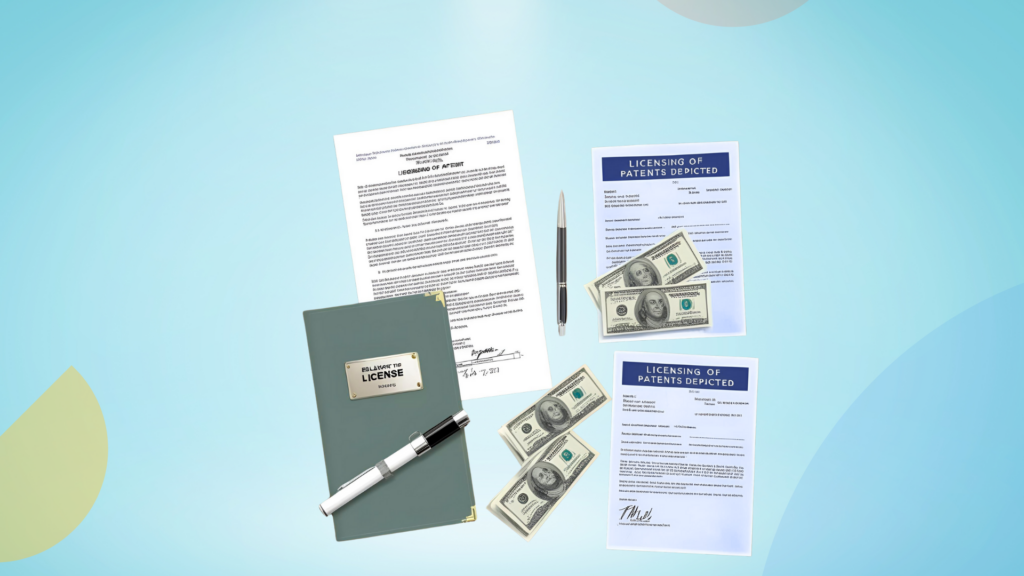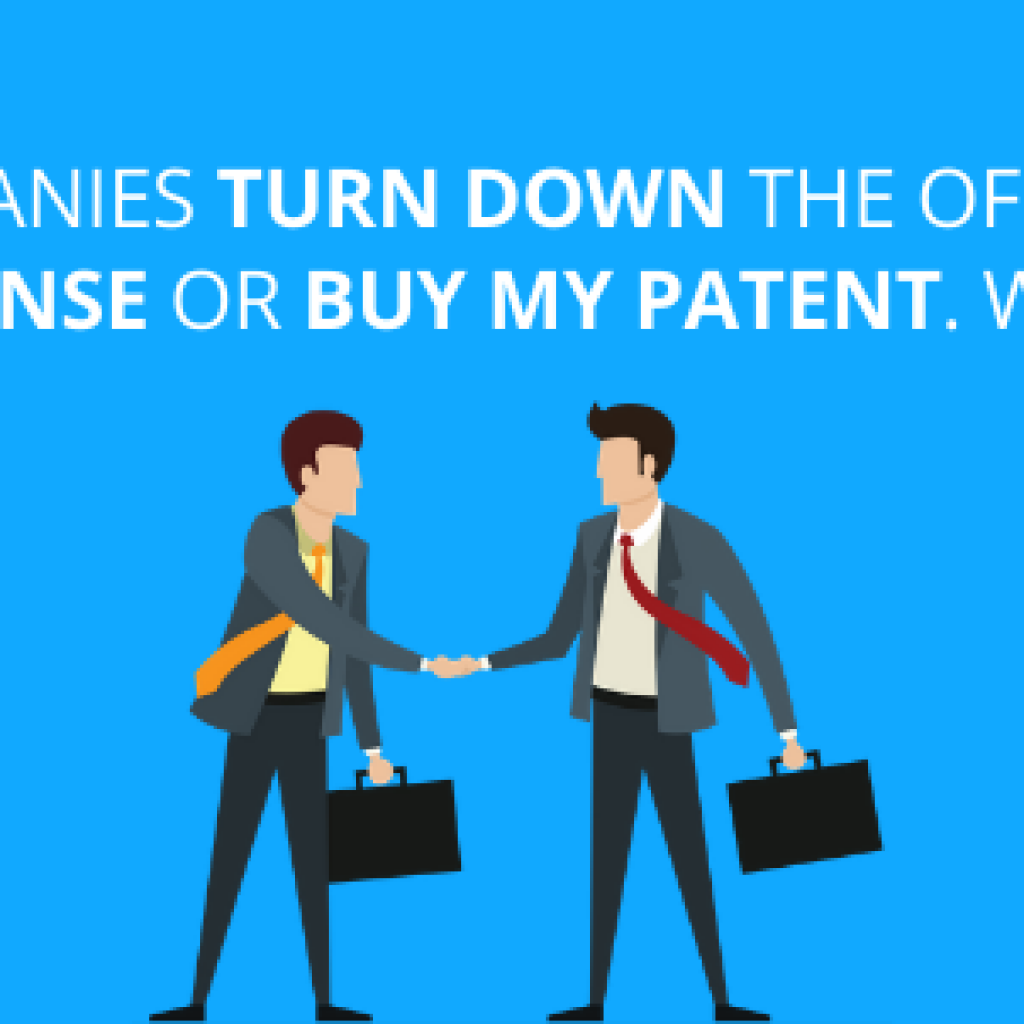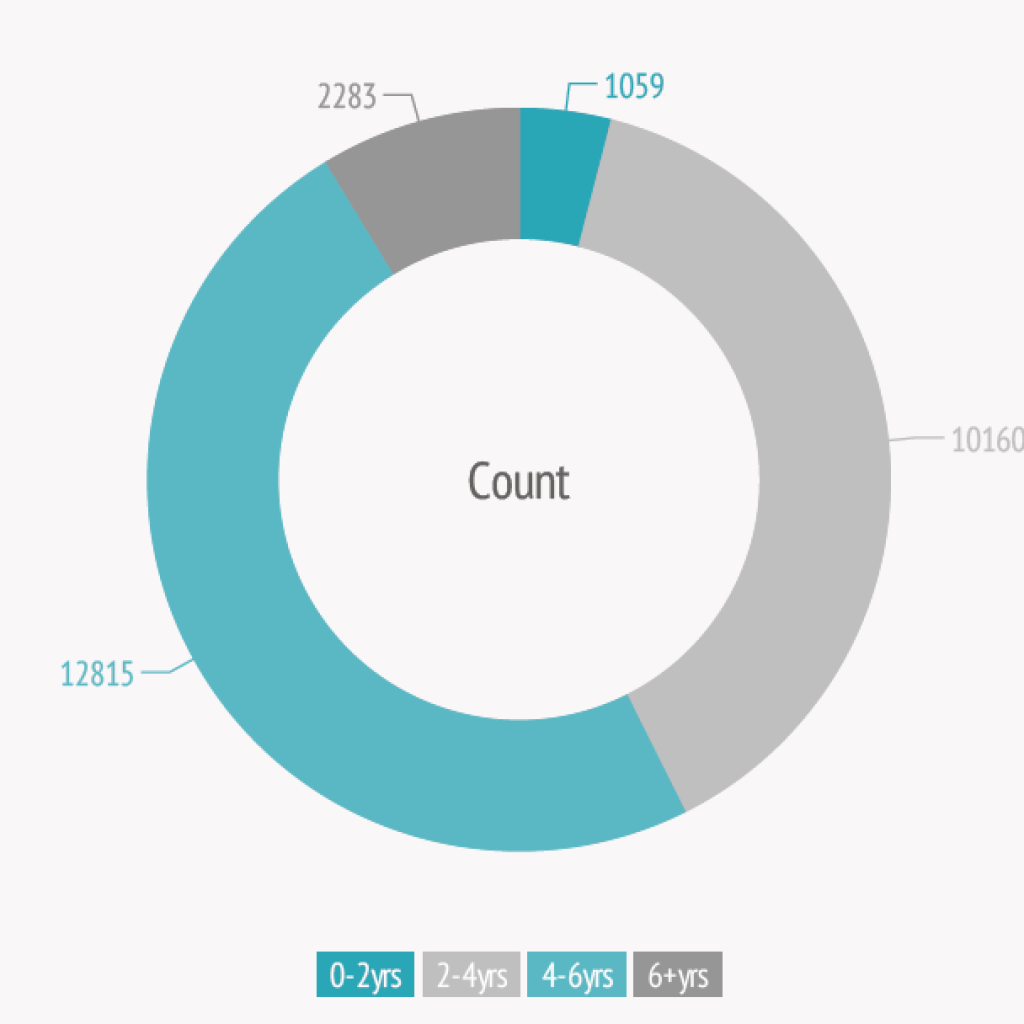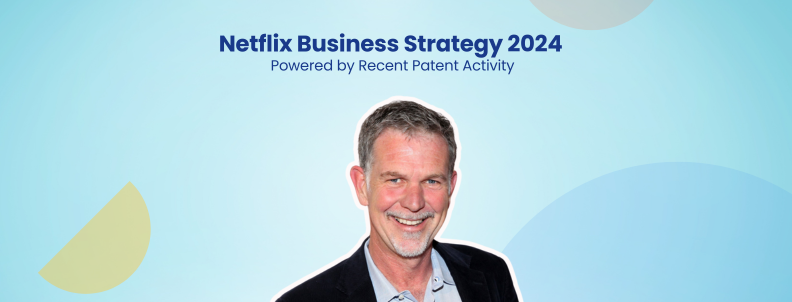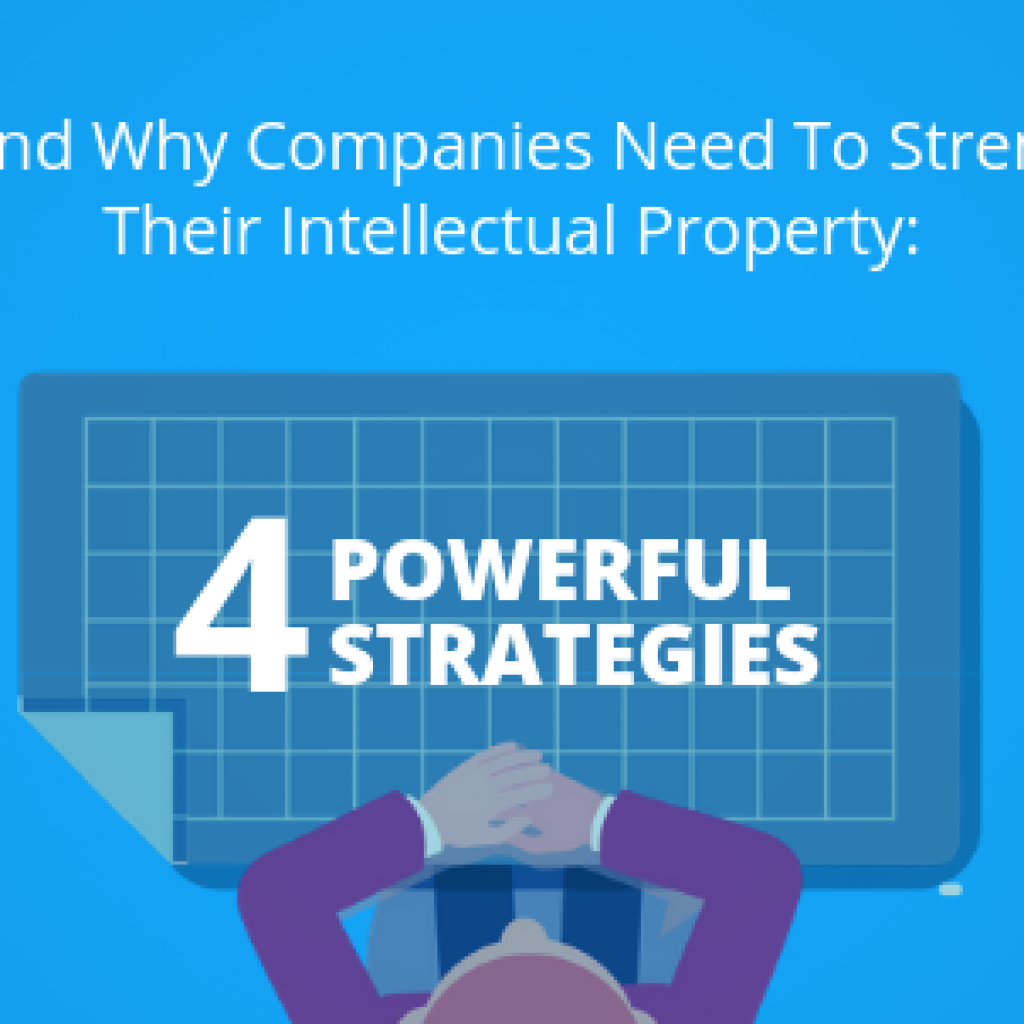How do we identify infringing products? What is that one strategy that makes GreyB different?
Chakshu, director at GreyB, wanted to prepare a list of all strategies we use to identify infringing products.
To find the answer, he called the whole infringement team for a meeting.
Puzzled, the team went over to the meeting room. Chakshu calmly waited while they composed themselves. As soon as they settled, he asked, “How do we actually identify the infringing products? What is that one strategy that makes us who we are?”
To their surprise, Chakshu had asked a question that even they didn’t have a direct answer to. Complete silence had followed his voice.
Aadesh, sitting there with thoughts not stagnant to one answer, finally broke the silence.
“There isn’t one”, said Aadesh.
“What? We don’t have a strategy!” Chakshu exclaimed.
“Oh, no. We do. In fact, we have a number of them, varying according to the type of case we have in hand. But answering your question, whether we have one particular strategy that covers all the cases, we don’t. Because it simply doesn’t exist.”
Rohit, eagerly listening to Aadesh, spoke.
“Here in this room, we have a whole team that has worked on several cases. Every one of us has stumbled upon different cases and opted for different strategies. Why don’t we discuss each case and see how we strategize the game plan for each case.”
“I would love to hear them all”, said Chakshu.
And that’s how, my friends, began the discussion which led to a go-to guide for the team and, in turn, this article. <wink>
The Strategic Guide to Effective Infringement searches
“Somehow, I feel that a couple of initial steps remain the same, be it any case. Don’t you all agree?”, Aadesh asked.
And everyone saw eye to eye with Aadesh on this point.
“Well, care to explain to me what are those initial steps?” Chakshu urged.
“Understanding the patent and it’s novel elements. Then identifying the application areas of the invention.”, answered Rohit.
Aadesh added, “To Understand the Patents and it’s novel elements, we focus on understanding the in and out of the patent and its elements. We start researching about the patent and the various technologies it might fit in; here, we need to understand where and what we are looking for.
Our top priority is always to identify literature from the first party, i.e., the manufacturer of the product. If it is not available, we go for trusted blogs such as The Verge, YouTube videos, research papers, forums, etc. Several times, we have found research papers comparing/explaining the working of products. These research papers can be from the manufacturer or someone else.
In fact, once I read the *source code of Android’s DRM feature* and found a lead which ultimately led to complete overlap. But that story’s for another day!
The claim elements are super important. A wise man once said – The inventions are always summed up in the claim elements. Overlooking or generalizing a claim element can cost a lot.
For instance, there was one case where I was preparing a report related to the set-top-box and I had to show that it contains a specific type of processor. Nowhere in the product manual could I find even the mention of that processor. A photo of teardown on the FCC website came to my rescue. I could see the elements inside the processor. But in the discussion with my mentor, I got a comment – How is that processor similar to the one we have in our patent? That’s when the support of the claim elements from the description saved the day. The description of the patent provided an example which was the same as the processor I found on the FCC website.”
“Besides that, we prefer to have a good look at the prosecution history of the patent, if any. It gives a detailed view of how the patent application was prosecuted, what were its initial claims, what were examiner’s rejection, how the claims were amended, and based on what reason the patent was granted. This helps us better understand the in and out of the patent.
Chakshu’s curiosity made him ask, “What about the 2nd customary measure?”
“Identifying the Application Areas. This step is aimed at finding where the patented invention can be used. This could help identify infringing companies. The best way to kickstart this is to find what problem the invention is solving then moving to which products solve the same problem.
‘Understood’, Chakshu added, “But these are the common steps followed in the industry. What about those that make us, GreyBians, unmatched? Why should a client trust us with his work?”.
“Well from here on, we don’t have steps,” started Kshitij, “it is spotting connections. Like the one, I recently worked on, where the products of the patented invention were unknown.”
When you do not know the category of Products that would infringe
Kshitij, having grabbed everyone’s attention, continued –
“There are cases where based on our knowledge of the industry and technology we know about the possibility of a company infringing on our client’s patent, however, the products are not easy to locate. This can be more challenging”
So how do you start in such cases? Asked Chakshu, intrigued.
CITATION ANALYSIS.
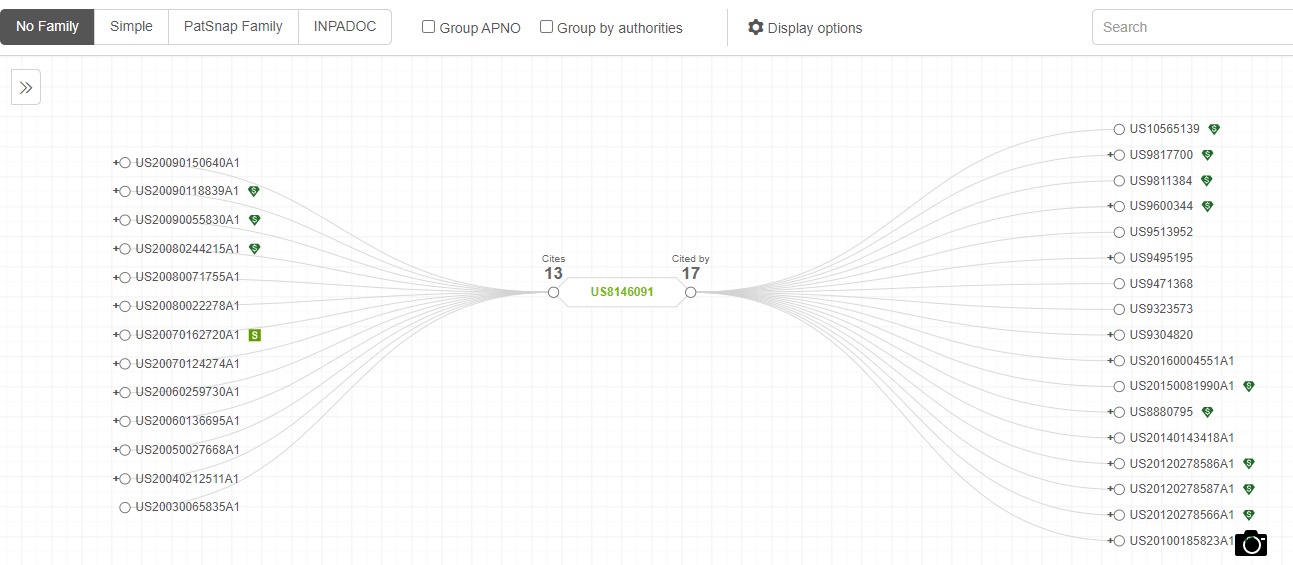
In more technical terms, we use Forward Citations.
The infringing companies are not easy to find in this scenario and the products being unknown makes it a tough nut to crack. So, we start by looking into the ‘Cited By’ section of our client’s patent.
You see, when a new patent is filed, the examiner references the known prior art and the inventor explains how the new invention represents an advanced version of this known prior art. In some cases, the new invention represents an improvement over existing technology. Now the companies that own this advanced invention, their patent gets listed in the ‘Cited By’ category of the original patent/prior art.
We start by looking for the assignees in the ‘Cited by’ category. We look into the details of the products of the companies, aiming at the ones that might be using the invention.
The aim is to explore if any product of those companies is around the same concept as that of our client’s patent. Even if the product is not mapping but is related, we get to know the product category. This gives us huge leverage as we can then scan all the top products available in the market in that category.
“Let me walk you through another case“, exclaimed Aadesh. “In this one, using Citation analysis would have led us nowhere, so we took a road less traveled – the road to Reverse Engineering.”
When all roads lead nowhere, Reverse engineering is the way to go
“There were a few projects where we had a very good idea that the product infringes but we had insufficient evidence from the product literature. We knew that if we can show infringement our client would be able to make a huge profit. So in that case we expanded our research to reverse engineering.”, continued Aadesh.
“But what factors make you feel that reverse engineering would give positive outcome?”, asked Chakshu
“Factors?” A voice from the back questioned, too indulged in the technique, I couldn’t turn around to have a look at that person.
“Yes. Those are:
- The feasibility of performing RE
- Hurdles that we may come across
- Tests required confirming each claim element, steps involved, and their feasibility.
One we have figured out all the factors, we dive into the process of RE.
If I have to give a broad idea, we divide the process into 3 major parts:
- Sample Preparation: Disassembling, cutting, grinding, and FIB milling (depending on the sample).
- Tests for our client’s Invention
- Tests for our targeted invention
Note: Wanna know more about this approach? Here is an example of one of our cases where we found the infringement by performing reverse engineering on a smartphone.
“I have a very different example to share. It has a different level of complexity in comparison to RE. It is software testing.” Ayushi chuckled and left us with questions.
The case where Software testing came in handy!
“I have observed in our industry, many people tend to overlook simple paths as myth is how simple steps are going to solve a big problem. I discovered here, at GreyB, we don’t just take up the difficult path because we want to look sophisticated, we take it when all simple ways are exhausted and the painstaking ones are the only alternative left.”
She next shared about a case in which after days of rigorous search in the patent literature and online databases, the team could not find the desired results.
“My patent was related to chat. I was not able to find any evidence in the product literature.”
The only thought that crossed everyone’s mind at that time was to end the search and inform the client of the same. But Ayushi was not ready to give up, not yet, and asked for one more day from her mentor.
“In the end, I thought something should be available if I explore the script of the Chat page. So I opened the source of the chat and found the evidence what I was looking for’
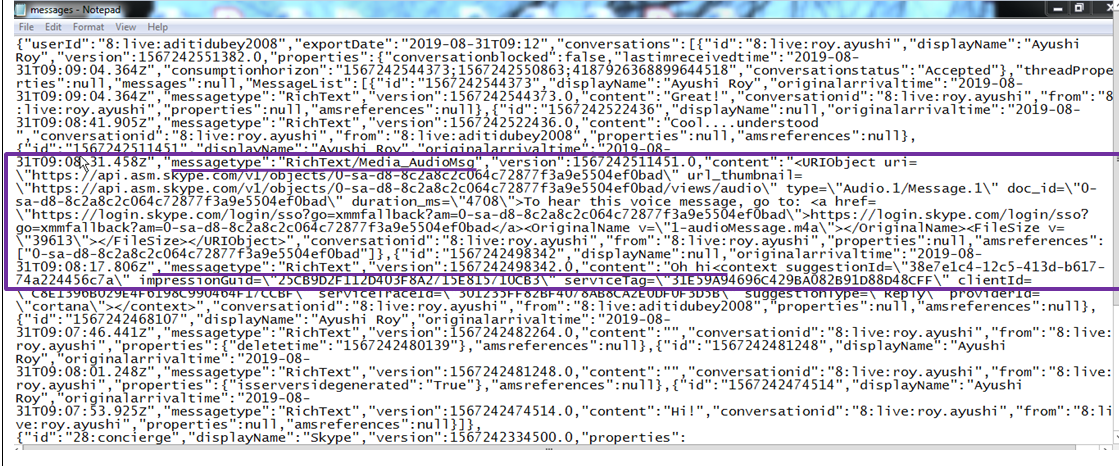 “We informed our client the very next day and he was on cloud nine. He thought the battle was lost.” Ayushi winked.
“We informed our client the very next day and he was on cloud nine. He thought the battle was lost.” Ayushi winked.
Editor’s Note: Intrigued by her approach? You can read the case in detail here – A slightly different approach to patent monetization.
“Who would have thought that?” Chakshu remarked.
“That’s the beauty of these strategies, it makes us curious and look in areas where most people would ignore. I love these unusual methods that we get to try in our projects.”, added Ayushi.
“Talking about unusual methods, do you all know how I came across a few cases that were solved with the help of the Doctrine of Equivalent?” queried Jashanjit.
“Doctrine of Equivalent? How?” Chakshu was surprised.
When Doctrine of Equivalent helped solve the case
The Doctrine of Equivalent (DoE) requires that substantially the function, the way, and the result of the target product should be similar to our client’s invention.
While many would overlook it and would not opt for it, Jashan explained that this is what makes GreyB stand out. We do not tend to omit any method.
“But when do we use it?” Chakshu asked curiously.
“Mainly when we cannot find any explicit information from the patent literature and neither from any other general literature sources of our target product.
When this case arises, we do out-and-out research on the claim elements of our products and compare them with the target ones. Somehow, if any claim element catches our attention, but no clear literature could prove the overlapping, we dive deep into the working of it. This helps us understand that if we can apply DoE and find the function, the way, and the result of the target product. Hence, proving the infringement.
We ought to compare if the function of the target product, the way the product functions, and the end results we get; if all these documents end up being similar then using DoE, we can file a case.”, answered Jashanjit.
“I haven’t heard many firms using this and it usually comes out as a last resort. It is like going through various twists and turns to come up with the right solution and approach for our clients.”, Vincy added.
“So basically there is no one strategy. It is the thought process or approach of us that helps us identify the products. The examples you guys shared helps one get a perspective on the thought process. By the way, I loved the examples. It would be great if you can keep sharing more unusual strategies as you use them.”
Chakshu walked out of the room, now smiling and equipped with answers.
Concluding Notes
But wait. This isn’t the end, rather the beginning.
We believe it’s not about how many strategies someone knows. It is about being with the right people who can formulate a strategy at the moment when it’s required. Every patent is different and bookish knowledge or the number of years of experience does not guarantee that he would able to find the result. Therefore, focus on finding the right people.
Do you think your portfolio has patents that are being infringed but miss out on the infringement analysis that suits them the best?
Let’s connect and discuss the correct way to deal with it. Contact us through here-


